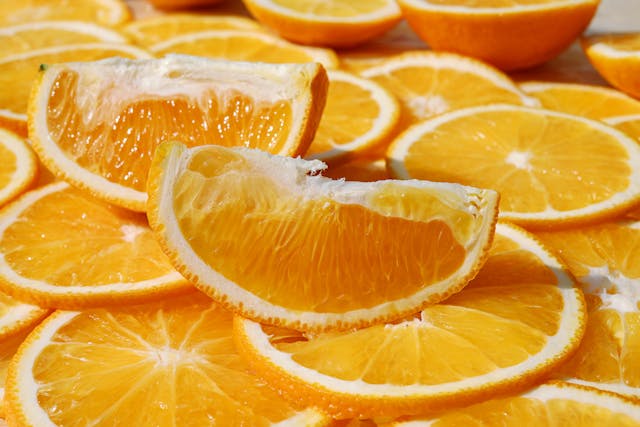Research led by the University of Florida suggests that orange peels are vital in improving cardiovascular health. Heart disease stands as the primary cause of death across a broad spectrum of the population in the U.S., a statistic reinforced by the Centers for Disease Control and Prevention. Highlighting the connection between gut health and heart disease, studies have demonstrated that certain gut bacteria, which produce trimethylamine N-oxide (TMAO) from specific nutrients during digestion, contribute to cardiovascular diseases. High levels of TMAO have been linked to an increased risk of such conditions, according to research conducted by the Cleveland Clinic.
With the support of a $500,000 grant from the USDA, Yu Wang and her team explored how extracts from orange peels, which are rich in beneficial phytochemicals, could mitigate the production of TMAO and trimethylamine (TMA). The research focused on both polar and non-polar extracts of orange peels. Wang explained the extraction process by comparing it to the separation seen in salad dressing: substances soluble in water or vinegar form the polar fraction. At the same time, those that align with oil represent the non-polar fraction. The team used solvents that mirrored water and oil’s polarity to extract these substances.
The study’s results were promising, showing that the non-polar fraction of orange peel extracts effectively inhibited the production of harmful chemicals. Moreover, a compound identified as feruloylputrescine in the polar fraction also significantly reduced the enzyme responsible for TMA production activity. Wang, an associate professor of food science and human nutrition at UF/IFAS, highlighted this as a novel discovery that points to the untapped health potentials of feruloylputrescine in reducing cardiovascular disease risks.
The implications of this research are significant, given the vast quantities of orange peels generated annually by the orange juice industry. Nearly 95% of Florida’s oranges are processed for juice, producing around 5 million tons of orange peels yearly. While approximately half of these peels are currently used to feed cattle, the rest are discarded. Yet, the Food and Drug Administration considers natural orange peel extracts safe for human consumption, which presents a substantial opportunity for repurposing this so-called waste.
Wang envisions transforming these orange peels into valuable health-promoting components, such as dietary supplements or food ingredients, thus pioneering the development of functional foods enriched with bioactive compounds. Such initiatives could pave new pathways for managing and preventing cardiovascular diseases, leveraging the natural benefits of what was once considered a mere industrial byproduct. This approach promotes sustainability and advances the potential for new therapeutic strategies to enhance heart health.
More information: Hana Lee et al, Discovery of a Novel Bioactive Compound in Orange Peel Polar Fraction on the Inhibition of Trimethylamine and Trimethylamine N-Oxide through Metabolomics Approaches and In Vitro and In Vivo Assays: Feruloylputrescine Inhibits Trimethylamine via Suppressing cntA/B Enzyme, Journal of Agricultural and Food Chemistry. DOI: 10.1007/s00394-023-03123-x
Journal information: Journal of Agricultural and Food Chemistry Provided by University of Florida








